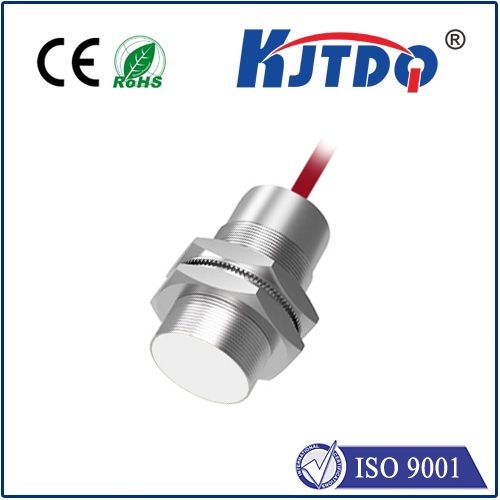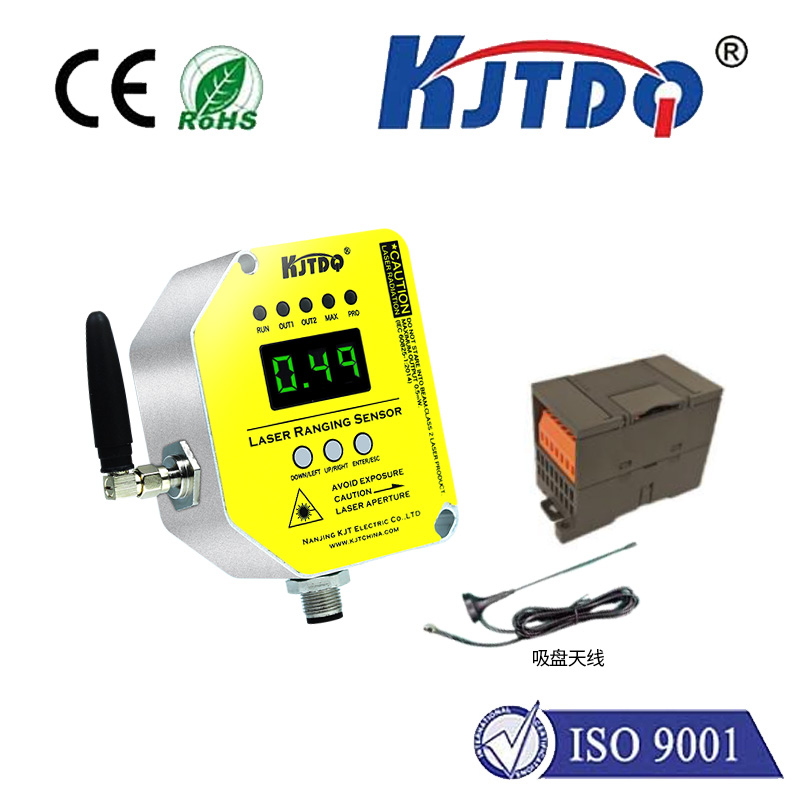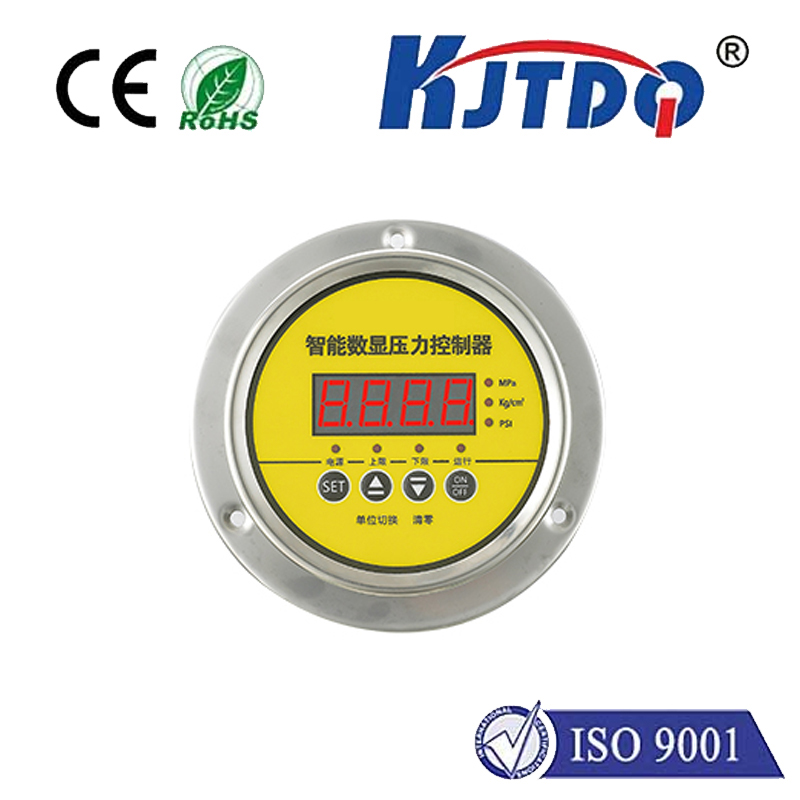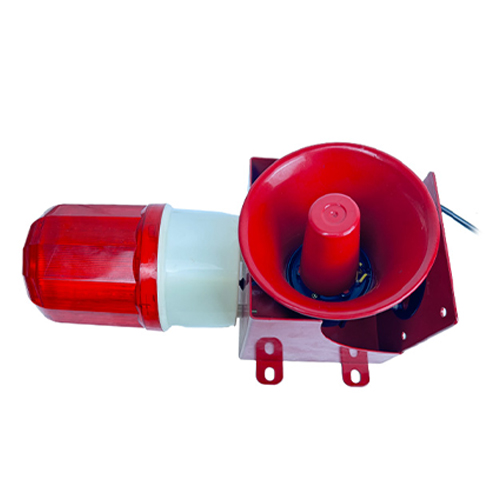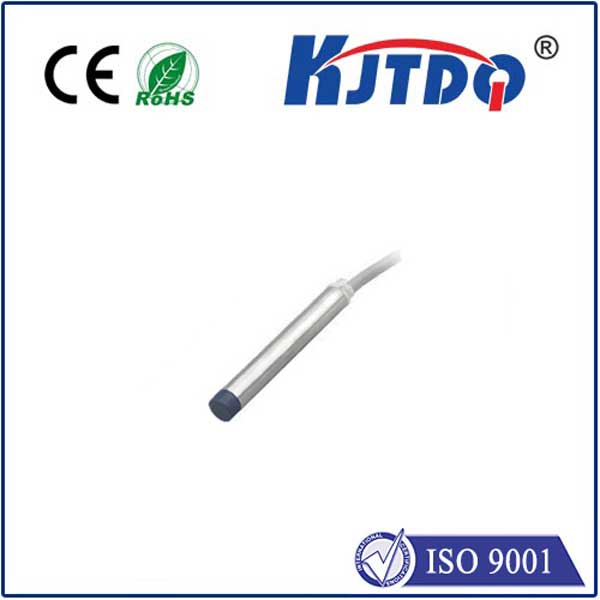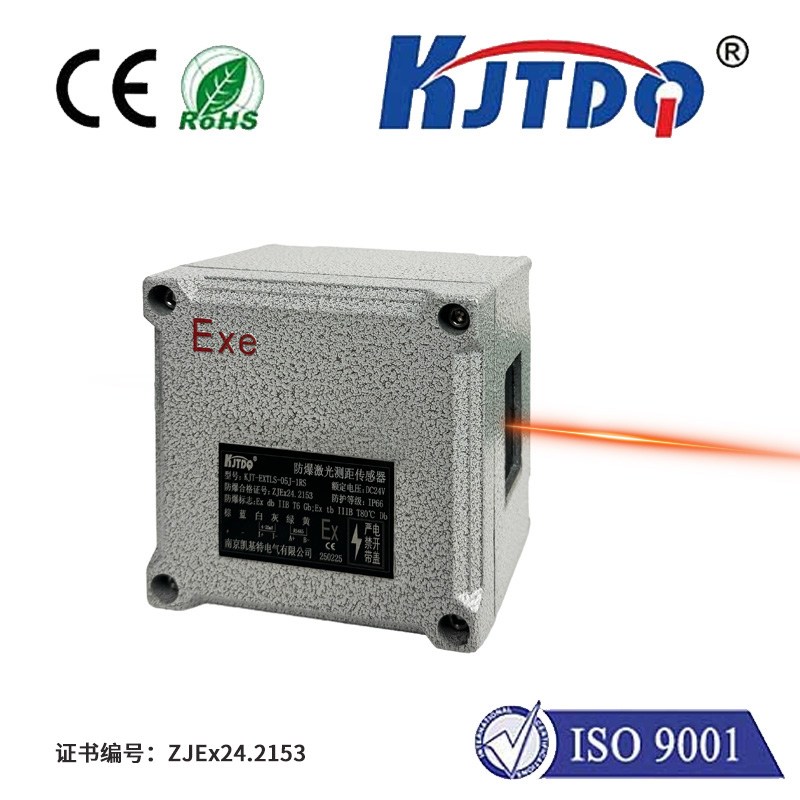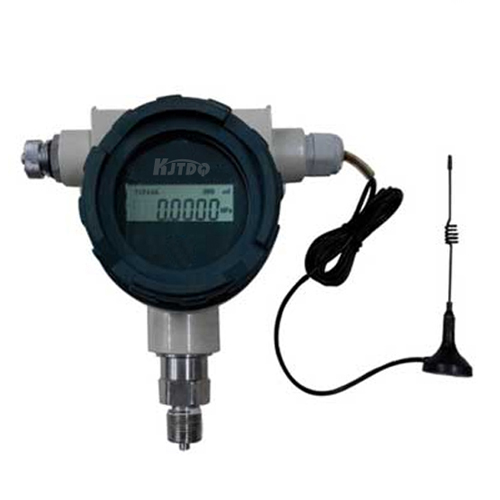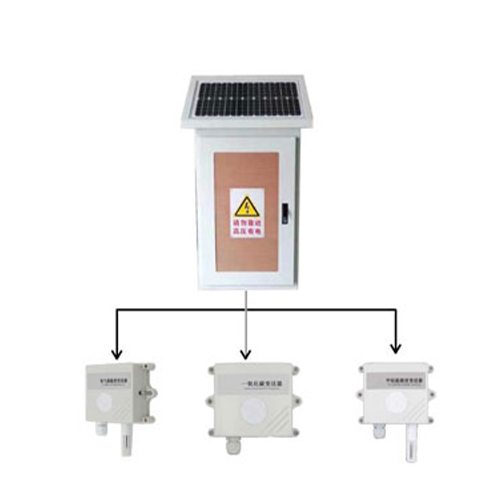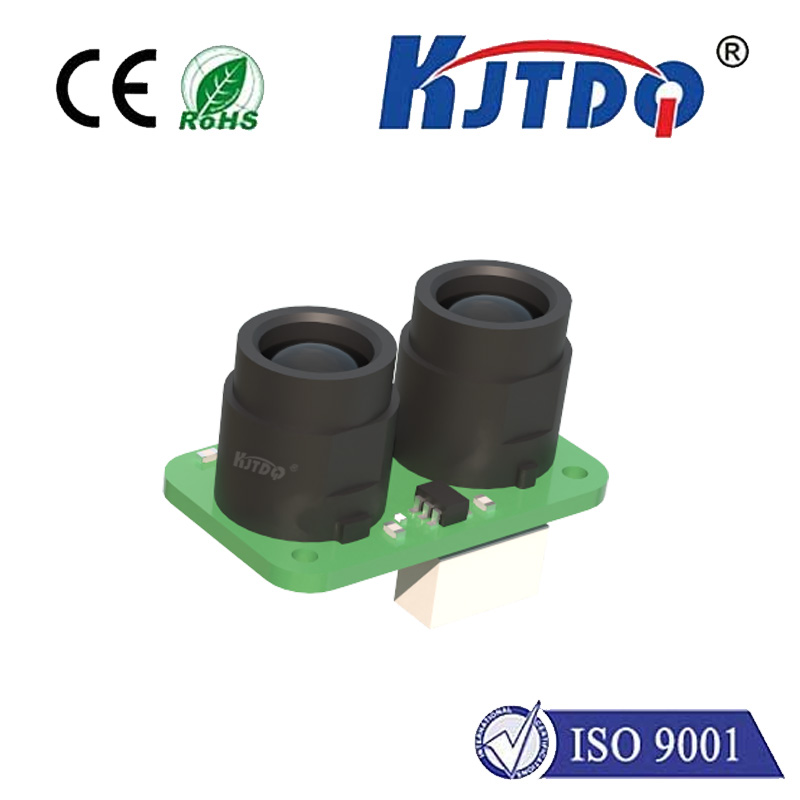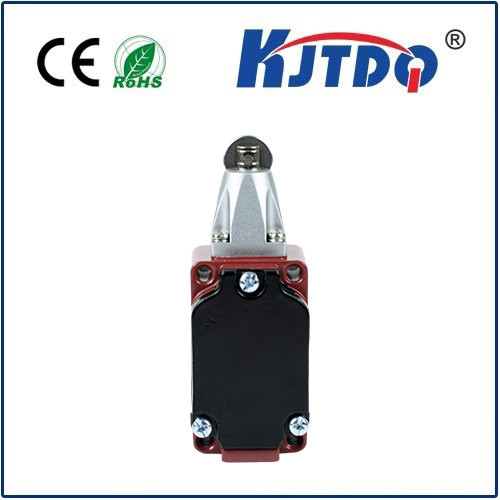

check

check

check

check
Radar Tank Level Sensor: Enhancing Efficiency and Safety in Industrial Applications
In modern industrial settings, the accurate measurement of liquid levels is critical for process control, safety, and operational efficiency. One of the most reliable and versatile tools for this purpose is the radar tank level sensor. This article explores the functionality, benefits, and applications of radar tank level sensors, highlighting their role in optimizing industrial processes.

A radar tank level sensor utilizes electromagnetic waves to measure the depth of a liquid in a tank. Unlike traditional methods such as ultrasonic or pressure-based sensors, radar sensors operate without physical contact, making them ideal for measuring viscous or conductive liquids. The sensor emits a microwave signal that reflects off the surface of the liquid, and the time it takes for the signal to return is used to calculate the level. This non-contact measurement ensures high accuracy and minimizes the risk of contamination or damage to the tank.
One of the key advantages of radar tank level sensors is their ability to function in a wide range of environments. Whether the tank contains water, oil, or other conductive fluids, the sensor can provide consistent and reliable readings. Additionally, radar sensors are unaffected by temperature, humidity, or dust, making them suitable for use in harsh industrial conditions. This makes them a preferred choice in industries such as petrochemicals, food and beverage, and pharmaceuticals, where precision and reliability are paramount.
The integration of radar tank level sensors into industrial systems has revolutionized the way operators monitor and control liquid levels. By providing real-time data, these sensors enable proactive decision-making and reduce the likelihood of process disruptions. In addition, their non-intrusive nature allows for easier installation and maintenance, further enhancing their value in industrial environments.
In conclusion, radar tank level sensors are essential components in modern industrial systems, offering a reliable and efficient solution for liquid level measurement. Their ability to operate without physical contact, provide accurate readings, and function in diverse conditions makes them a valuable asset for industries seeking to optimize their operations. As technology continues to advance, the role of radar tank level sensors will only become more critical in ensuring safety, efficiency, and productivity.
